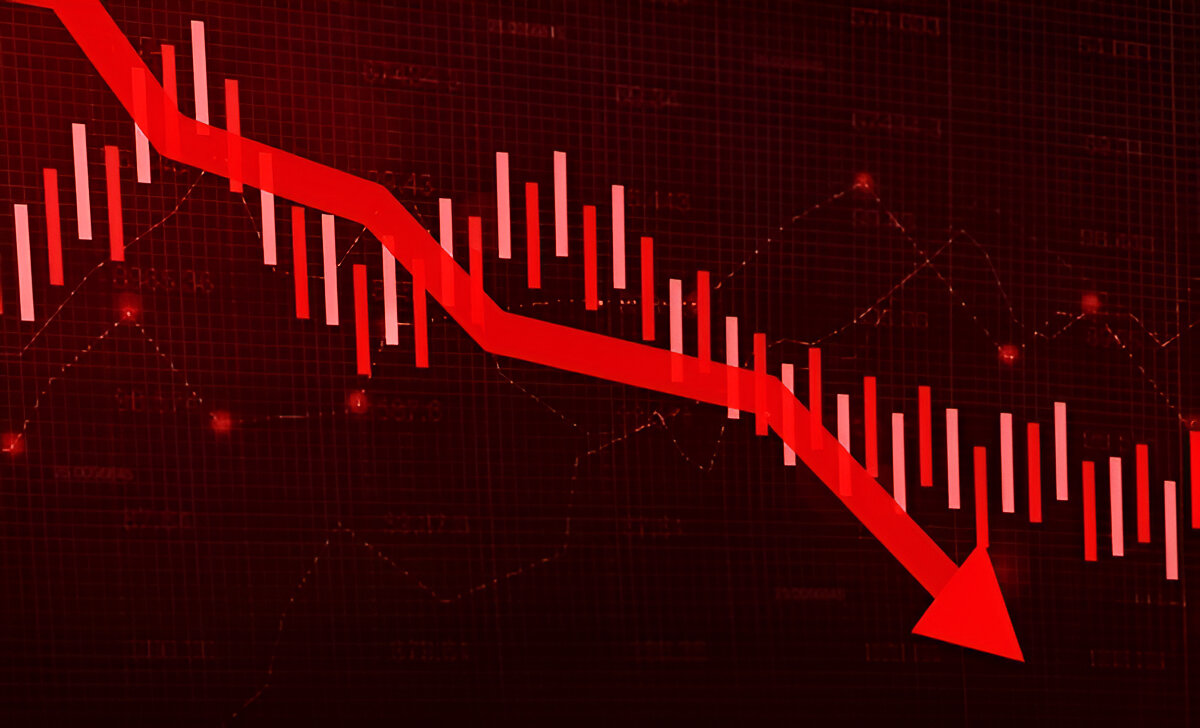For years, the Indian stock market was celebrated as an "oasis of peace" and a beacon of growth among global emerging markets. However, in a stunning reversal, it has been branded the world's worst performer in 2025. While indices in other major economies like Korea, Germany, and Brazil have surged, India’s benchmark Sensex has delivered a measly 1.9% return in U.S. dollar terms, placing it at the bottom of a list of 17 major global indices. This dismal performance comes despite strong macroeconomic fundamentals, including a robust GDP growth rate and contained inflation.
The primary culprits behind the underperformance are a valuation-earnings mismatch and persistent selling by foreign institutional investors (FIIs). Indian equities are trading at expensive forward multiples compared to their counterparts in China, Indonesia, and Korea, making them a less attractive proposition for global capital. FIIs have pulled a staggering Rs 1.4 lakh crore from Dalal Street this year, reallocating investments to markets that offer cheaper entry points and more attractive returns.
Analysts point to this stark valuation disparity as a key factor in the market's woes. The overvaluation has led to a situation where even positive domestic triggers, such as recent GST reforms and expectations of monetary easing, have failed to spark a sustained rally. The market is in a period of consolidation, moving largely in line with earnings growth, which has been muted for four consecutive quarters.
While the current picture is grim, there is a glimmer of hope. Many analysts believe the worst may be behind the market. The upcoming earnings season and the possibility of further policy actions, such as interest rate cuts by the RBI, could provide the catalysts needed for a turnaround. For investors, the current environment emphasizes the importance of a value-oriented investment strategy rather than chasing high-growth stocks. Whether India can stage one of the most dramatic comebacks in market history remains to be seen, but the stage is set for a pivotal second half of the year.
